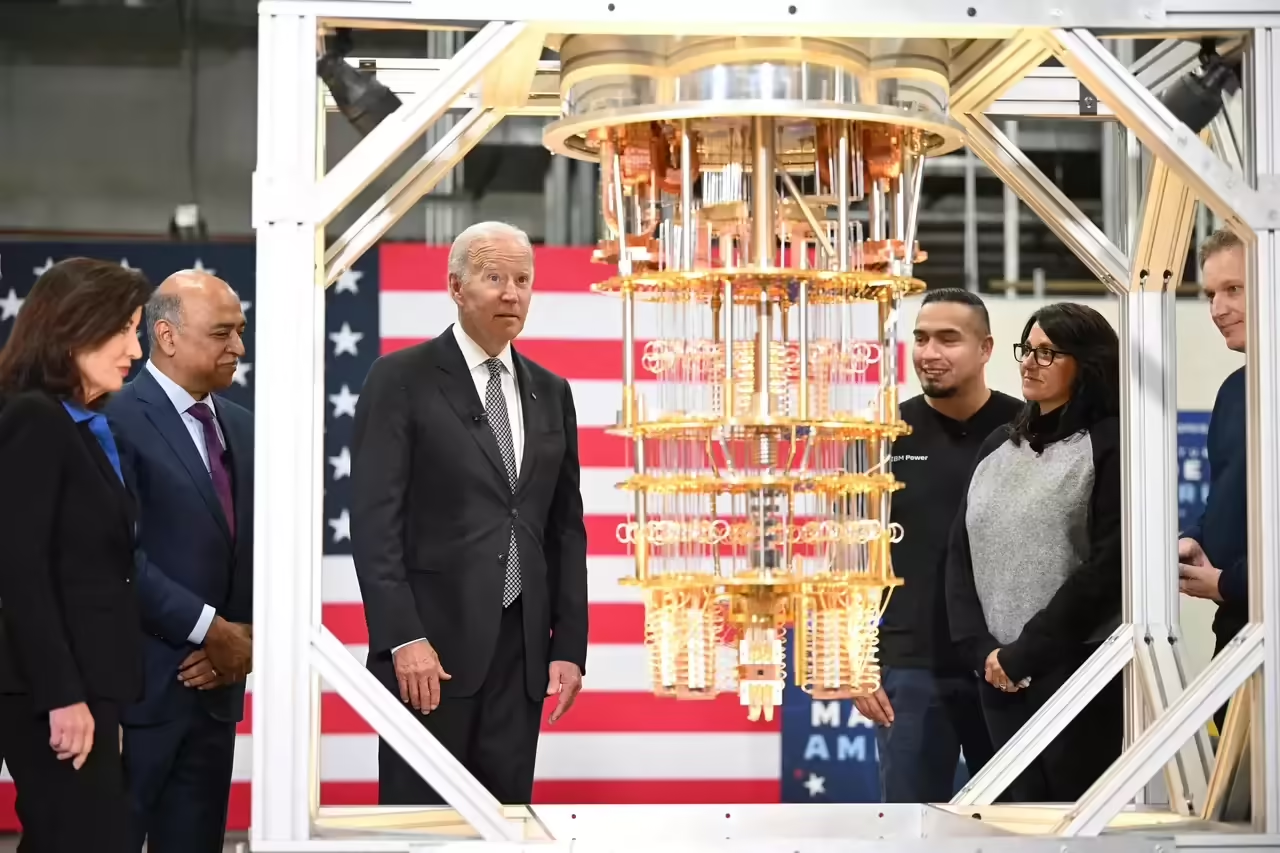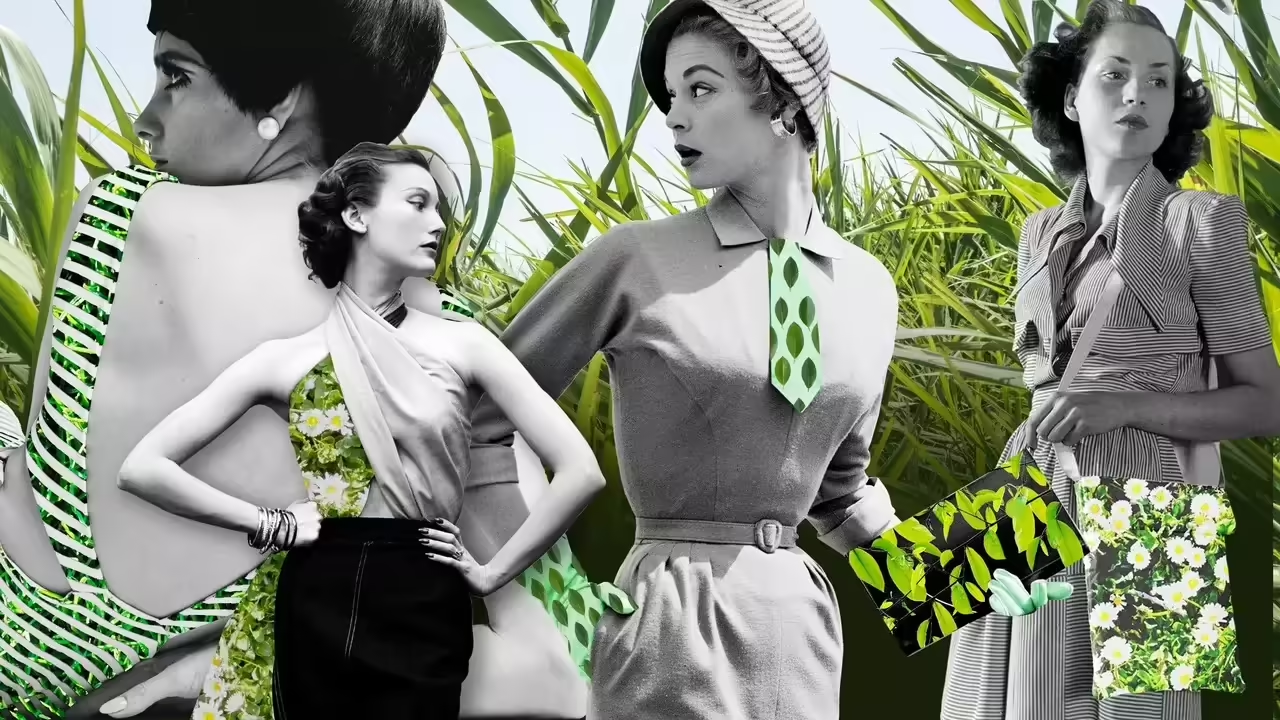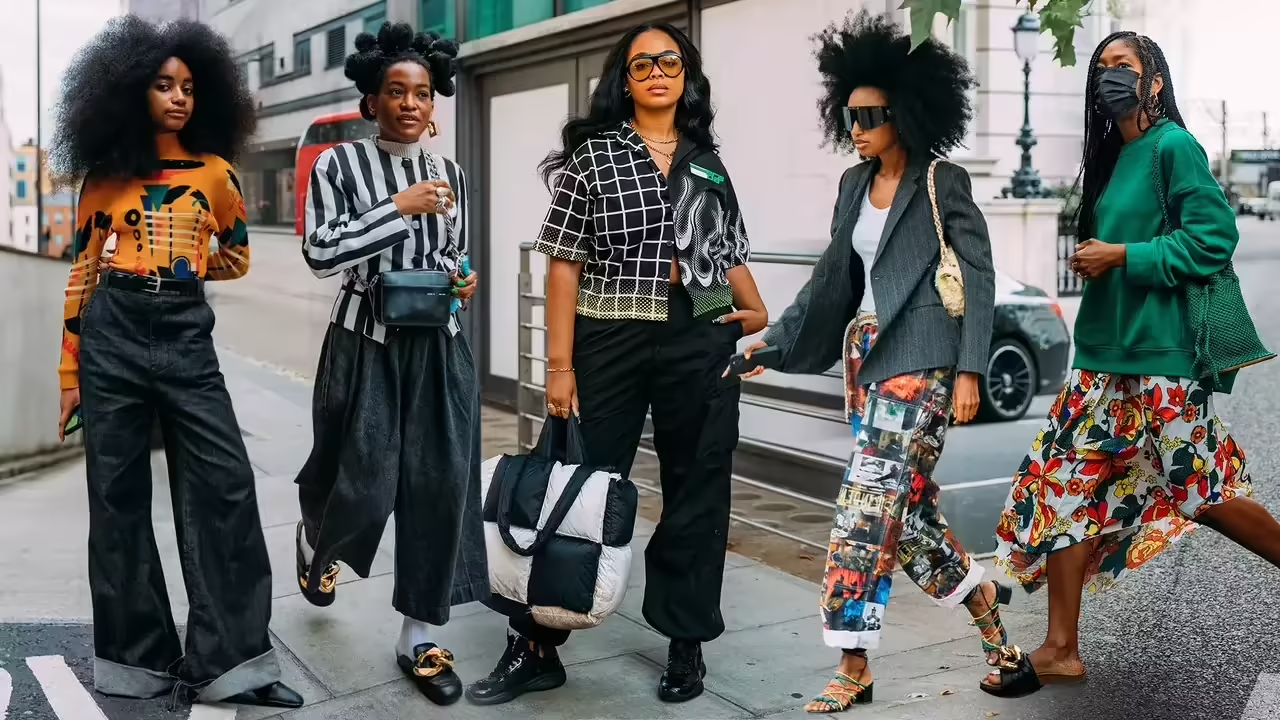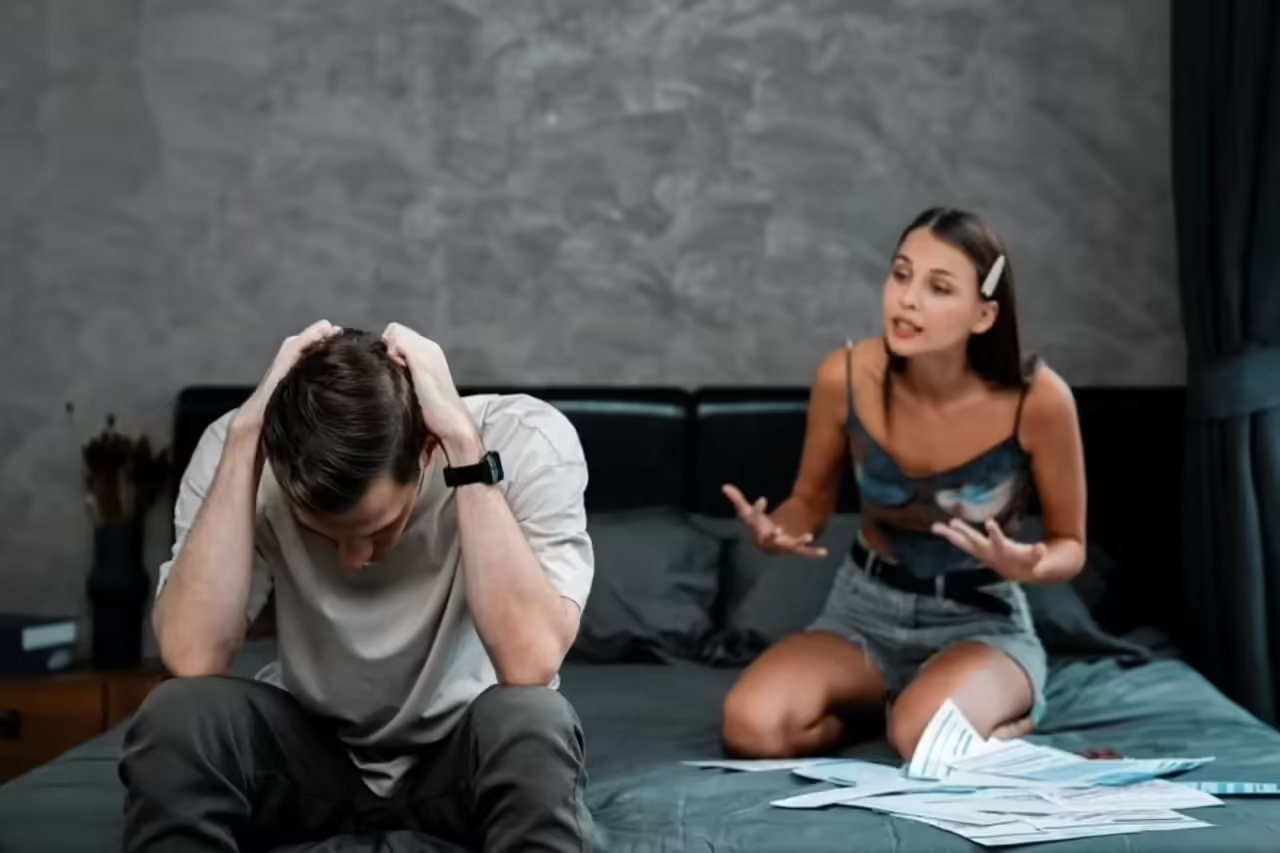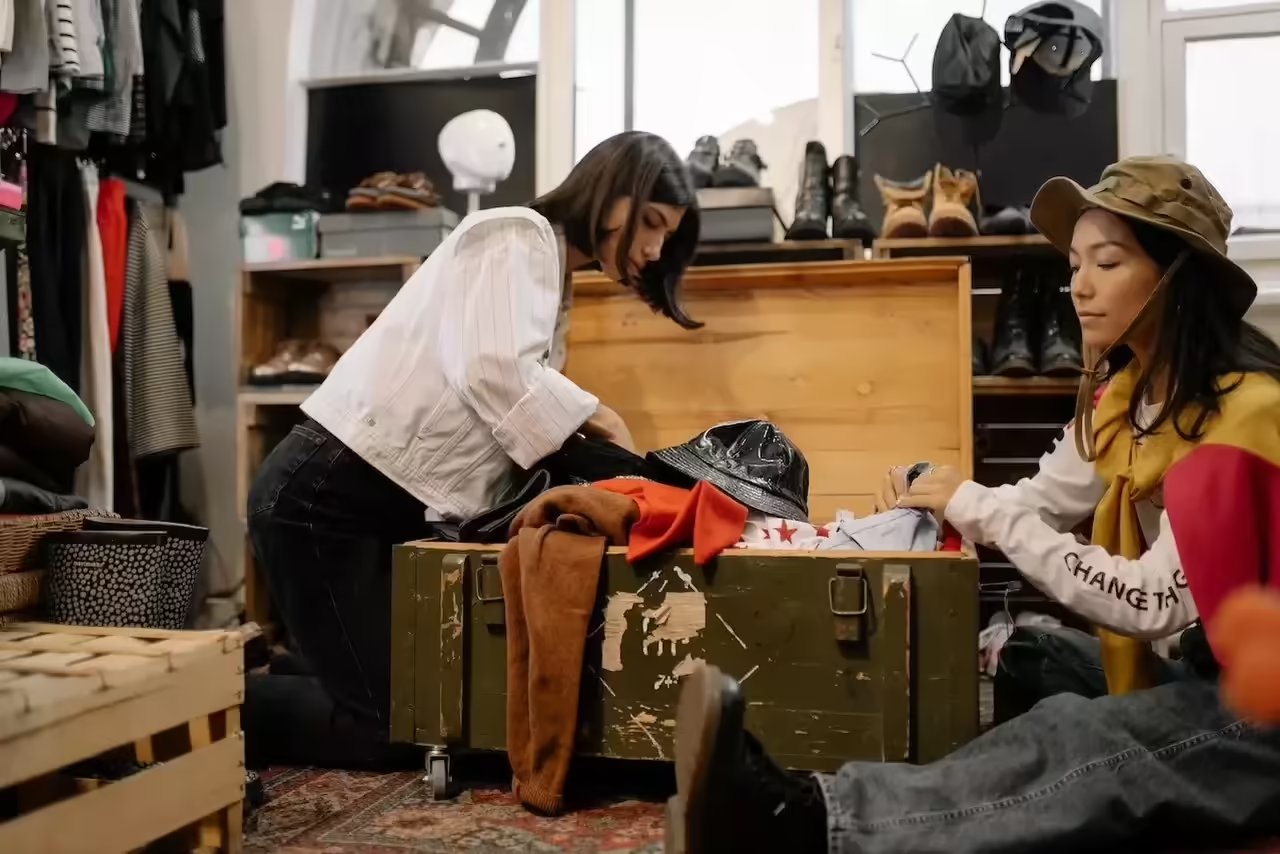
In a world driven by fast fashion and fleeting trends, an increasing number of people are seeking a unique and sustainable experience by exploring the fascinating universe of vintage stores. These establishments, filled with history and unique garments, offer fashion enthusiasts the opportunity to express their individuality in an authentic and conscious way.
History and Retro Charm:
Vintage stores are true treasures of the past, housing garments that have withstood the test of time and retain the charm of bygone eras. From elegant dresses of the 1950s to worn leather jackets from the 1980s, each item tells a unique story. Exploring these stores is like diving into a journey through decades of fashion, with the possibility of discovering rare and authentic pieces that stand out in a world dominated by mass production.
Individuality and Personal Style:
The popularity of vintage stores has surged in recent years due to the growing pursuit of individuality in dressing. Instead of following current trends, many consumers opt for vintage pieces to build a unique personal style. Vintage clothing allows people to stand out and express their creativity, as they are unlikely to encounter someone else wearing the same garment.
Sustainability in Fashion:
Environmental awareness has led to a significant shift in how people approach fashion. Vintage stores provide a sustainable alternative to fast fashion, contributing to the reduction of the environmental impact associated with mass production and clothing waste. Purchasing second-hand garments not only extends the lifespan of clothing but also decreases the demand for new production, helping conserve resources and reduce carbon footprint.
Tips for Shopping at Vintage Stores:
Prior Research: Before embarking on a vintage shopping spree, it’s helpful to research styles, brands, and eras of interest. This makes the search easier and enables the identification of authentic pieces.
Patient Exploration: Hidden gems may be anywhere in the store. Taking the time to explore patiently is essential to discovering true vintage treasures.
Fit Trials: As sizes can vary over decades, it’s crucial to try on garments before purchasing. This ensures a proper fit and prevents disappointments upon arriving home.
Care and Restoration: Some pieces may require extra care. The ability to perform small repairs or adjustments can make a difference when choosing a vintage piece.
Diversity of Styles: Vintage stores offer a wide range of styles. From classic to extravagant, there’s something for every taste and preference.
Vintage Fashion History: A Journey Through Time
Vintage fashion is much more than a simple wardrobe choice; it is a journey through the decades that captures the essence of each era and highlights the constant evolution of fashion. This cultural phenomenon has gained strength in recent years, becoming a form of expression that merges the past with the present.
The Belle Époque and the Elegance of the 19th Century:
The term “vintage” encompasses a broad spectrum of styles dating back to the late 19th century. During the Belle Époque, which spanned from the late 19th century to the early 20th century, fashion was marked by elegance and opulence. Corsets, voluminous skirts, and adorned hats were distinctive elements of the time, reflecting the opulence of society and the growing influence of high fashion.
The Roaring Twenties and the Jazz Age:
With the advent of the 1920s, fashion underwent a radical revolution. Short dresses, pleated skirts, and pearls became symbols of women’s liberation and the vibrant energy of the Jazz Age. Coco Chanel, one of the most influential designers of the time, introduced casual and liberating fashion that transformed how women dressed.
The Elegance of the 1930s and Hollywood Influence:
In the 1930s, the Great Depression influenced fashion, leading to the simplification of silhouettes. However, elegance was not lost; long, fluid dresses and tailored suits reflected the sophistication of the era. Hollywood’s influence also left its mark, with film stars like Greta Garbo and Katharine Hepburn defining trends.
Fashion during War and Postwar in the 1940s:
During World War II, fashion was affected by material shortages, leading to the creation of simpler and more practical designs. After the war, fashion experienced a resurgence with the introduction of Christian Dior’s “New Look,” characterized by wide skirts and tight waists.
The 1960s Revolution and Counterculture:
The 1960s marked a revolution in fashion with the arrival of the miniskirt, vibrant colors, and psychedelic prints. Counterculture influenced fashion, and designers like Mary Quant and Yves Saint Laurent challenged established norms.
Diversity in the 1970s and Hippie Influence:
The 1970s embraced diversity of styles, from disco extravagance to bohemian fashion influenced by the hippie movement. Flared pants, platforms, and floral prints were distinctive features of the decade.
The 1980s and Fashion Exuberance:
Fashion in the 1980s was characterized by exuberance and extravagance. Bright colors, broad shoulders, geometric prints, and pop culture influenced the aesthetics of the era.
The Minimalist 1990s and Vintage Fusion:
The 1990s introduced a more minimalist approach to fashion but also saw a resurgence of interest in vintage fashion. Grunge clothing and retro aesthetics became prominent trends.
The 21st Century and Celebration of Diversity:
In the 21st century, vintage fashion has evolved into a celebration of diversity and inclusion. Contemporary designers incorporate vintage elements into their collections, merging the past with the present.
Cultural Significance of Vintage Fashion:
Vintage fashion is not just a matter of style; it also plays a crucial role in preserving culture and history. Each vintage garment tells a unique story and becomes a tangible testimony to the trends and events of its time.
Impact on Current Trends:
The resurgence of vintage fashion today has influenced contemporary trends. From the popularity of vintage Levi’s to the reinvention of retro styles on the runways, vintage fashion remains an endless source of inspiration for designers and fashion enthusiasts alike.
Reasons to Shop at Vintage Stores: Sustainability and Fashion
In a world where fashion is often ephemeral and fast-paced, vintage stores have emerged as destinations of choice for those seeking a more sustainable and meaningful shopping experience. From environmental preservation to the appreciation of unique pieces with their own stories, the reasons to shop at vintage stores are diverse and compelling.
Environmental Sustainability:
One of the most prominent reasons to choose vintage fashion is its contribution to environmental sustainability. Mass production of new clothing has a significant impact on the environment, from the use of natural resources to textile waste and greenhouse gas emissions. By opting for second-hand garments, the demand for new production is reduced, thereby decreasing the ecological footprint associated with fashion.
Extension of Clothing Lifespan:
Vintage stores play a crucial role in extending the lifespan of clothing. Instead of contributing to the fast fashion cycle where trends change rapidly, shopping at vintage stores involves giving a second chance to garments that have withstood the test of time. Each purchase contributes to reducing textile waste and prolongs the life of clothing, promoting a more sustainable and conscientious mindset.
Unique Pieces with History:
The quest for unique pieces is another powerful reason to choose vintage stores. Each garment has a unique story, from how it was manufactured to how it has been preserved over the years. By acquiring vintage clothing, buyers have the opportunity to own something truly original, far from the uniformity of conventional fashion. Each piece becomes an individual expression and a tangible connection to the past.
Emotional Value and Authentic Style:
Vintage fashion goes beyond acquiring clothing; it involves an emotional connection to fashion and history. Vintage clothing often evokes memories and emotions, whether due to its timeless style or the nostalgia it inspires. The authenticity of these garments, distinct from mass reproductions, adds emotional value not easily found in contemporary fashion.
Ethical and Economic Alternative:
Shopping at vintage stores also presents itself as an ethical and economic alternative. Mass production of fashion is often associated with precarious working conditions and exploitation. Opting for vintage fashion involves distancing oneself from these practices and supporting a more ethical model. Additionally, vintage garments are often more affordable than their new designer counterparts, providing buyers access to high-quality brands and styles at more reasonable prices.
Promotion of Creativity and Individuality:
Vintage stores promote creativity and individual expression. By owning unique and timeless pieces, buyers have the opportunity to build their own style, moving away from the fleeting trends dictated by conventional fashion. This contributes to diversity and originality in dressing, celebrating individuality rather than uniformity.
Navigating Vintage Stores: Practical Tips and Strategies for Finding Hidden Gems
Exploring vintage stores can be an exciting and rewarding experience, but it can also be overwhelming given the diversity of garments and styles. Here are some practical tips for navigating vintage stores and discovering hidden gems while identifying the quality and authenticity of garments:
Prior Research: Before venturing into a vintage store, it’s helpful to research styles, brands, and eras of interest. Familiarize yourself with iconic brands, care labels, and sewing styles to recognize authentic features.
Set a Budget: Establish a budget before shopping. Although vintage stores may offer more affordable prices than new fashion, it’s easy to get carried away, so having a budget in mind is crucial.
Patient Exploration: The hidden gem may be anywhere in the store. Taking the time to explore patiently is essential to discovering true vintage treasures.
Fit Trials: As sizes may vary across decades, it’s crucial to try on garments before purchasing. This ensures a proper fit and prevents disappointments upon arriving home.
Examine Fabric Quality: The quality of the fabric is an important indicator of the authenticity and durability of a vintage garment. Look for well-preserved fabrics and avoid garments showing signs of excessive wear or discoloration.
Check Sewing Details: Vintage garments often have sewing details that reflect the craftsmanship of the era. Examine hems, seams, and closures carefully to assess the quality and authenticity of the garment.
Labels and Brands: Pay attention to labels and brands. Some brands are known for their quality and distinctive style. Additionally, the presence of care labels and manufacturing marks can help date the garment.
Smell for Odor Issues: Make sure to smell the garment before purchasing. The scent of dampness, mold, or even old perfume can be challenging to eliminate and may affect your wearing experience.
Inspect Buttons and Closures: Examine buttons and closures on the garment. Look for original buttons and ensure that all closures are in good working condition. This can provide clues about the authenticity of the piece.
Learn to Negotiate: In many vintage stores, the price may be negotiable. If you find a garment you love but the price is a bit high, don’t hesitate to ask if there’s room for negotiation.
Know Eras of Interest: If you’re looking for a specific decade or style, familiarize yourself with key characteristics of that era. This will help you quickly filter through garments and find what you’re looking for.
Stay Open to Surprises: While it’s helpful to have an idea of what you’re looking for, stay open to surprises. Vintage stores often hide unexpected treasures, so keep an open mind during your search.
By following these practical tips and strategies, you’ll be better equipped to navigate vintage stores, discover authentic hidden gems, and build a unique wardrobe that reflects your personal style with a historical touch.


